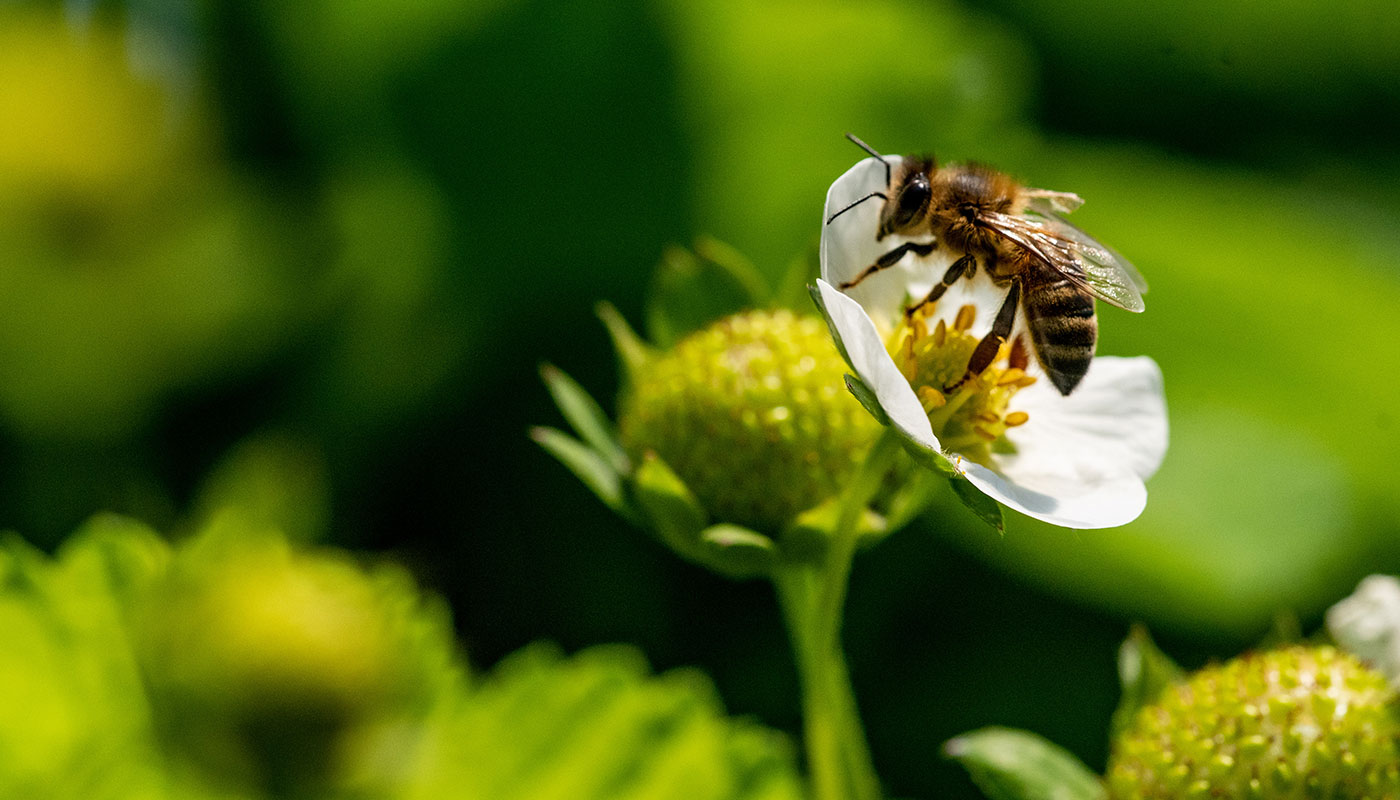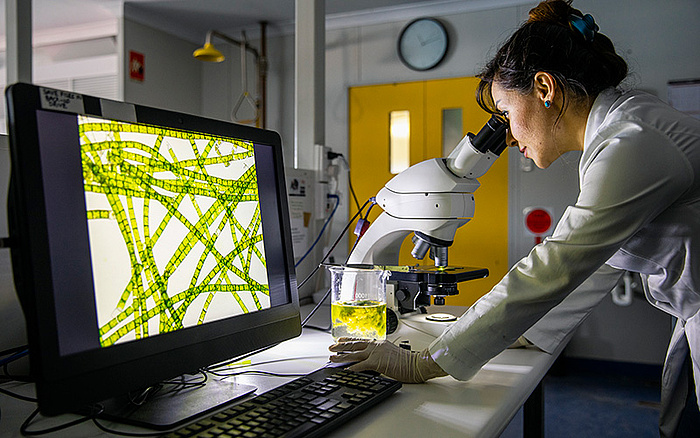
Plant patents: balancing innovation and biodiversity
There are more than eight billion people in the world today, and that number is getting bigger. The latest analysis of data from the United Nations Population Division indicates that the global population will peak at about 10.4 billion in 2086.
This growth will occur predominately in less economically developed countries, especially those in sub-Saharan Africa. At the same time, urbanization will also significantly increase: The proportion of people living in the world's 101 largest cities is expected to grow from 11% to as much as 23% by 2100.
These trends will exacerbate demands placed on the planet's natural resources as more food, medicine and energy will be required to sustain humankind and raise living standards globally. The immense challenge of fulfilling these needs is made all the greater by the impact of a warming climate. According to a recent World Health Organization (WHO) report, climate change is "a threat multiplier," leading to more frequent and severe weather events, the spread of infectious diseases and reduced nutrition availability.
Responsible agriculture
Farming is so fundamental to civilization that any plan to reshape it, however well-meaning, inevitably raises ethical dilemmas about land ownership, accessibility, affordability and the distribution of resources. The use of new technologies also entails questions about fairness, for example, how a new machine or genetically engineered crop is made available to big businesses and individual farmers. Another issue is how to introduce advanced tools and techniques while maintaining biodiversity and the freedom of agronomists to do what is best for their communities.

Painstaking examination criteria, long research times and the necessity of a high degree of technical knowledge contribute to the relatively small number of plant patents granted. Of the 346,152 patents issued in the United States in 2023, only 788 were for plants.
In many of these areas, Intellectual Property (IP) rights have an understated role to play in striking the right balance – incentivizing innovation while also promoting the dissemination of new ideas. When it comes to botany, there are two main IP rights with distinct roles: plant variety / breeders' rights and plant patents. Both of these can be protected by regional frameworks and national IP systems, depending on the jurisdiction.
Planet variety rights
Plant variety protection provides exclusive rights to exploit an eligible variety for a period of time. In the European Union, for instance, Community Plant Variety Rights (CPVRs) are granted for 25 years (or 30 years for vines, potatoes, trees and some others). Besides novelty, applications are examined based on the criteria of distinctness, uniformity and stability (DUS requirements).
Since the EU system was launched in 1995, there have been more than 80,000 applications, with approximately 31,000 titles currently in force. Just over half of all applications (52%) have been for ornamental species, about 26% have referred to agricultural species and the remainder have been split between fruits and vegetables. This system, like most national and international schemes, follows the regulatory blueprint of the International Convention for the Protection of New Varieties of Plants (UPOV Convention).
Plant patents
When it comes to patents, the legal position is different. Though plant or animal varieties are excluded from patentability by Article 53(b) of the European Patent Convention, inventions involving plants may be protected. Examples include innovations that enhance a plant's resistance to disease or increase its fecundity. From 1995 to August 2022, the European Patent Office (EPO) granted fewer than 100 patents for conventional plants bred by biological means compared to around 3,100 patents for genetically modified plants.

In April 2023, there were around 300 applications still pending for plants produced by traditional cultivation methods. However, due to a change in the patentability rules, no new filings will be accepted for plants obtained by biological breeding processes.
The EPO's approach to plant patents has evolved in the past few years, as seen in the introduction of Rule 28(2) EPC in July 2017, stating that "European patents shall not be granted in respect of plants or animals exclusively obtained by means of an essentially biological process." Later, in May 2020, the EPO Enlarged Board of Appeal held that this exclusion also extends to plant or animal products similarly derived (G 3/19 Pepper). In light of the new Rule, the interpretation of Article 53(b) EPC applied in prior decisions (as in G 2/12 and G 2/13) needed to be revised. This updated interpretation did not retroactively apply to patents that were pending or granted before July 1, 2017.
New initiatives
As in other technical fields, IP rights relating to plants provide an incentive for innovators by allowing them to recoup the cost of their investment while making technical information available to the public. However, they have often been criticized on the basis that they consolidate too much control within large corporations and reduce biodiversity.
To address some of these concerns, a number of initiatives seek to promote accessibility and transparency around plants. One such project is the PINTO Database, hosted by Euroseeds, which provides information on plant variety rights and (pending) patents in Europe to help breeders make informed decisions. Another is the International Licensing Platform (ILP) Vegetable, launched in 2014, which provides a licensing platform for biological material used in vegetable breeding. In 2021, the group of companies comprising the ILP Vegetable represented more than 60% of the world's vegetable seed market.
A very different project is the Open Source Seed Initiative (OSSI), which takes inspiration from the open-source software movement: Pledged seeds can be used by anyone in any way, provided others' use of the seeds is not restricted.

Some botanical research projects aim to boost plants' rate of removing and storing atmospheric carbon dioxide. For example, the "Harnessing Plants Initiative" from the Salk Institute seeks to increase the presence of the polymer suberin in plant roots to enhance this action.
Individual companies and organizations have also taken steps to promote accessibility. For instance, small vegetable-breeders in the EU can access some of Bayer's European patents cost-free. The relevant IP covers traits in vegetables listed in the PINTO Database. Syngenta, meanwhile, operates its own licensing system, TraitAbility. This program runs in parallel to the ILP Vegetable, of which Syngenta is a founding member.
Incentivizing innovation
A changing world means increasing agricultural productivity will become more and more urgent. The Food and Agriculture Organization of the United Nations (FAO) has estimated that agricultural output grew by 54% between 2000 and 2021, thanks to the intensification of farming and better production technologies. But even this growth will need to be accelerated in the next 25 years, with a recent study estimating that food consumption will increase by around 51% by 2050. At the same time, the World Bank points out that agriculture is both vulnerable to climate change (because of the impact on crop yields of increasing temperatures and less rainfall) and a contributor to climate change (because it generates emissions and disrupts ecosystems).
Innovating to improve crop yields and hardiness will be vital to keep up with population pressures and climate change. However, these advances require investment, and the IP system provides the financial incentive to commit as well as the means to disseminate new technologies. Recent initiatives demonstrate the flexibilities of IP, delivering sustainable growth while conserving biodiversity and respecting the natural world.
For more information on how plant variety rights and plant patents can safeguard your research efforts, contact Dennemeyer's legal experts.
Filed in

How accurate were past forecasts about IP in 2025? We revisit the EPO's 2007 study, exploring its boldest scenario where public funding and open access challenge the patent system.



